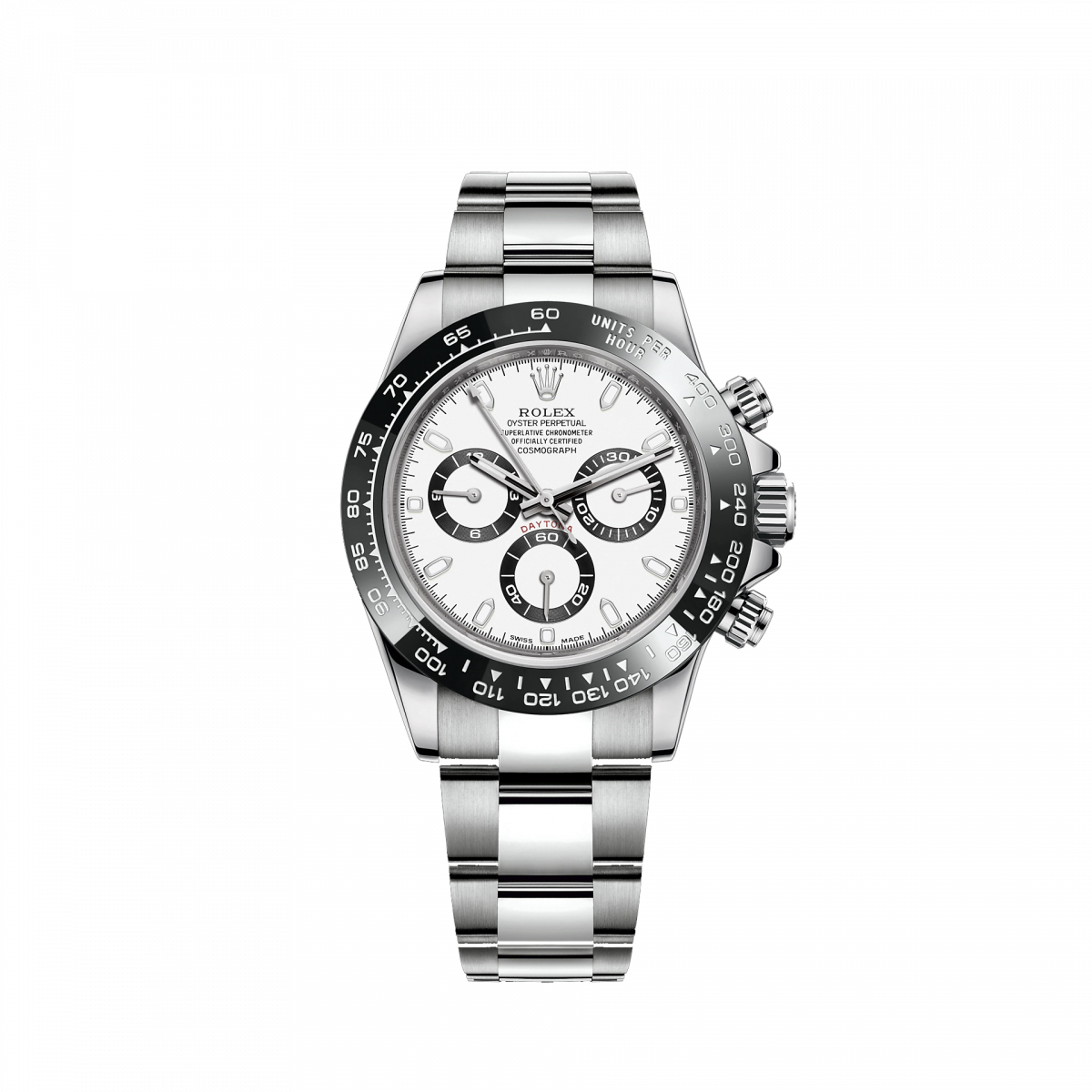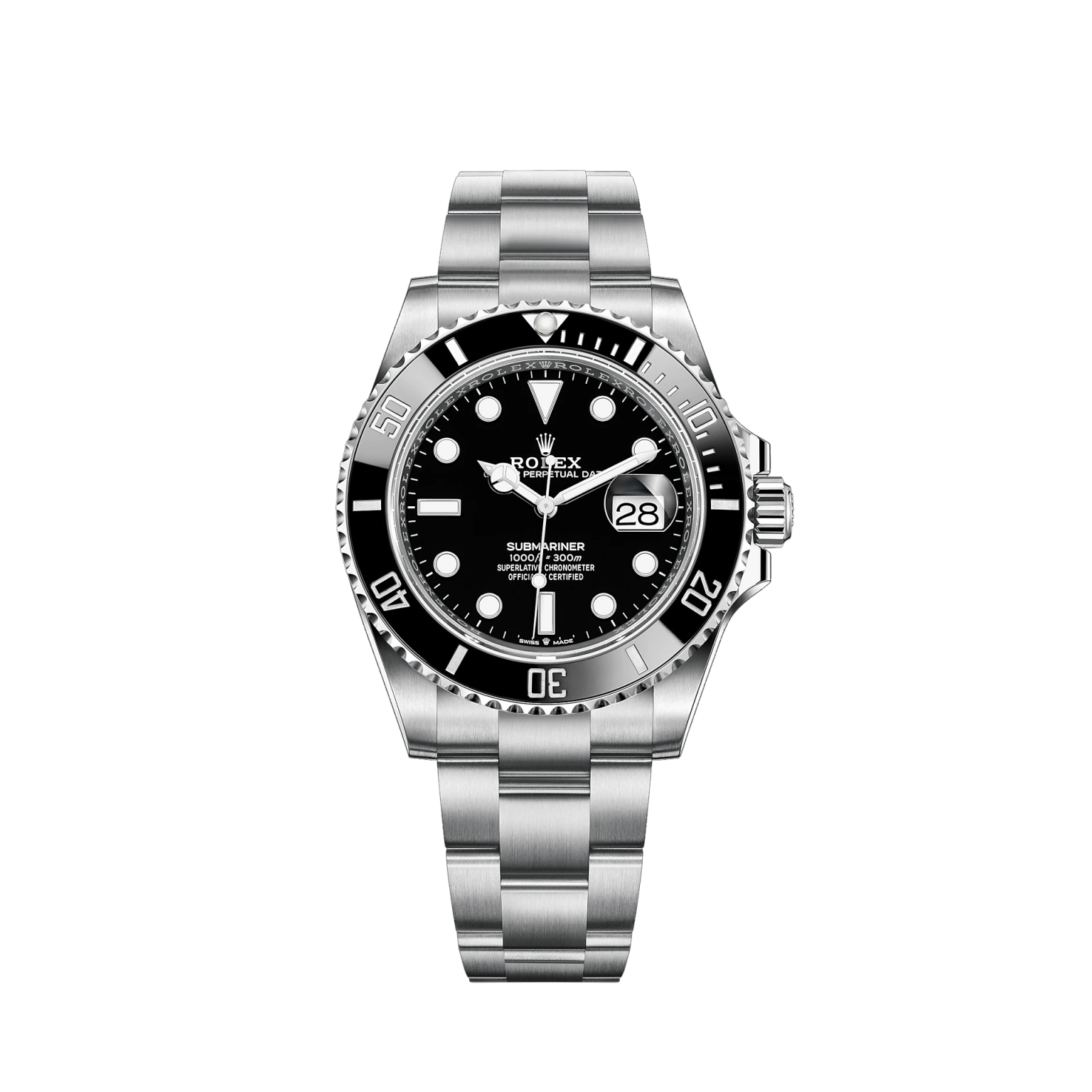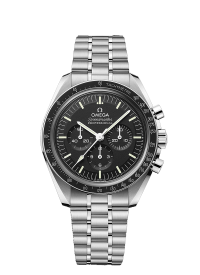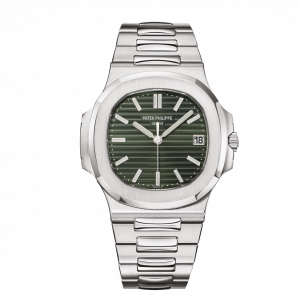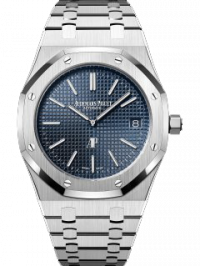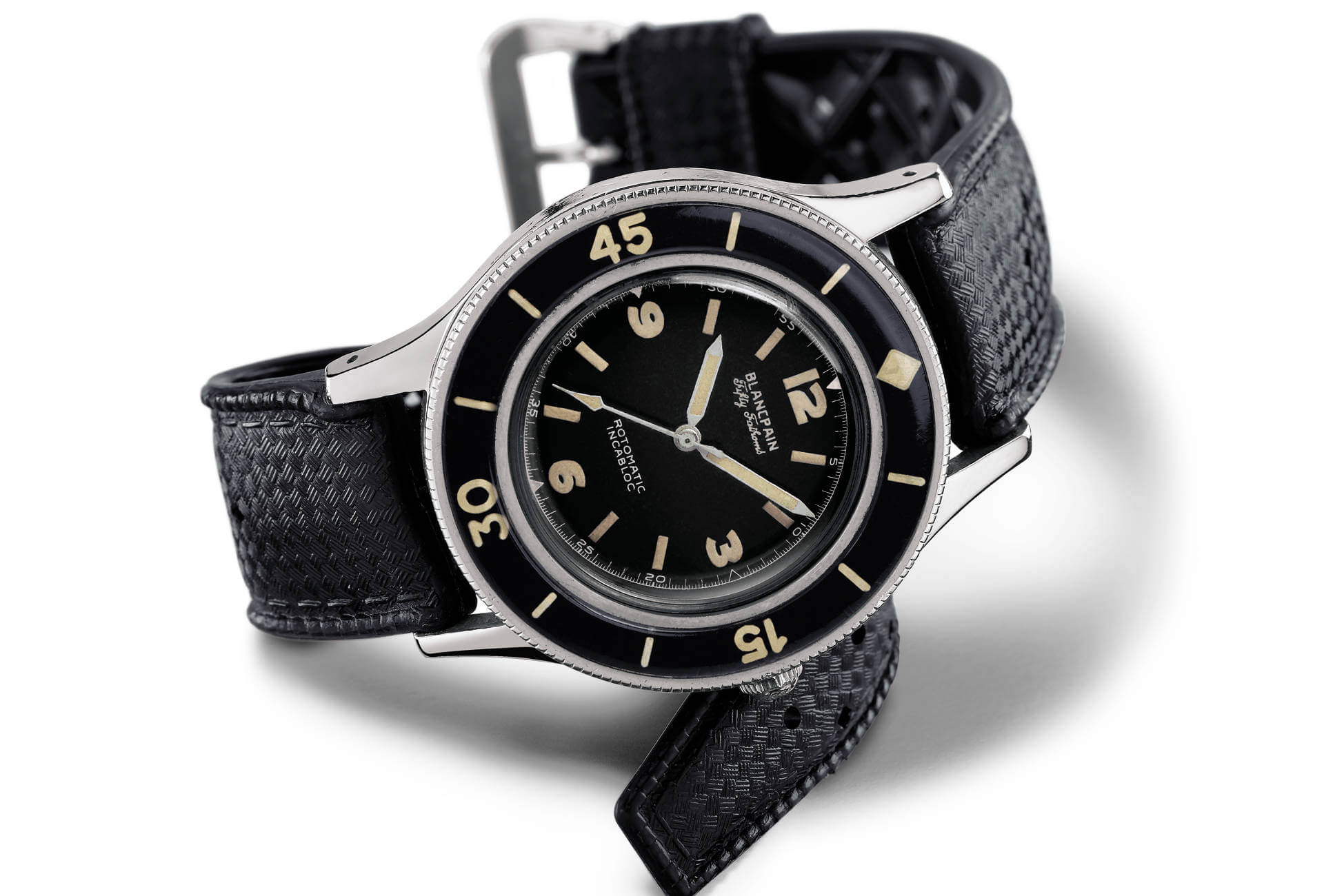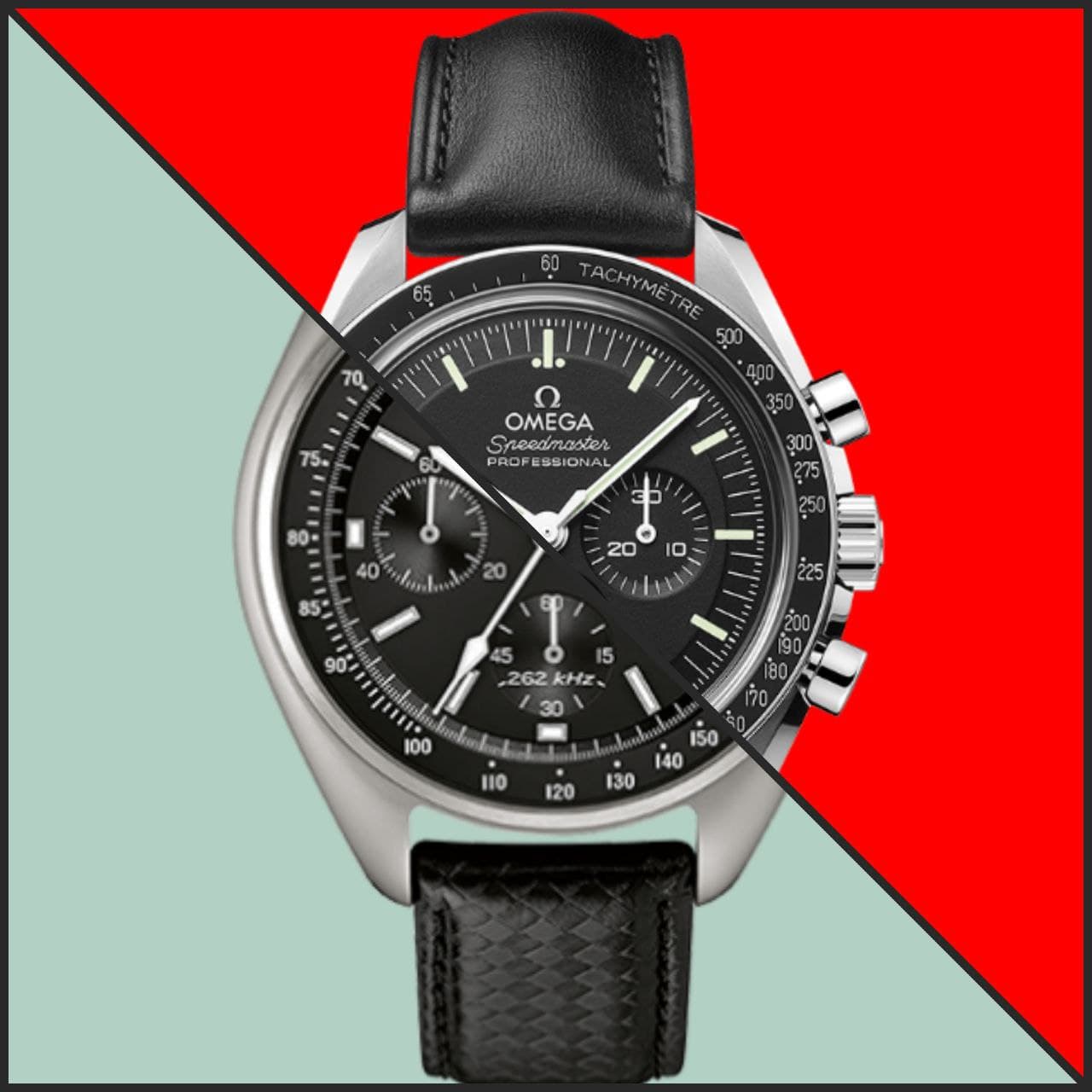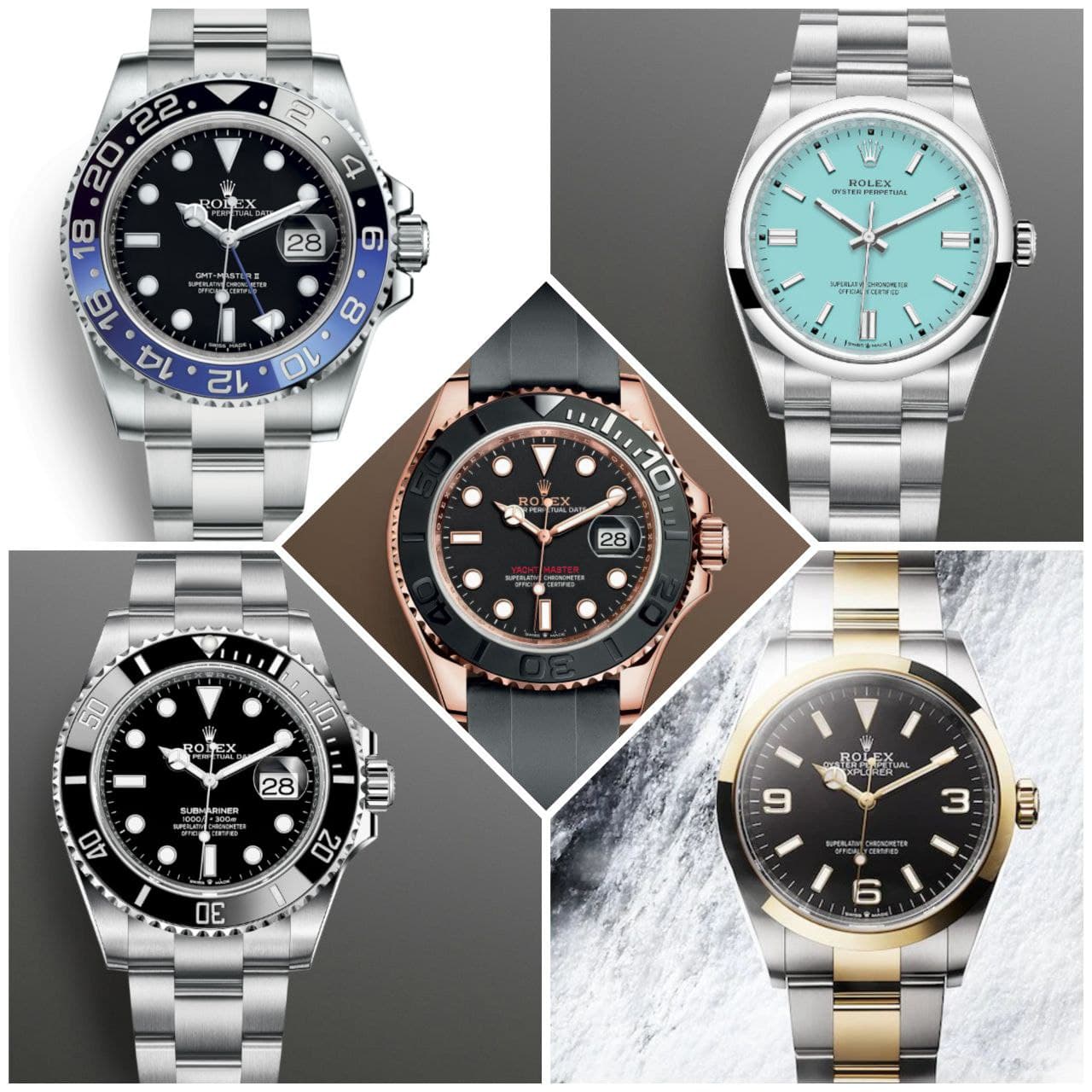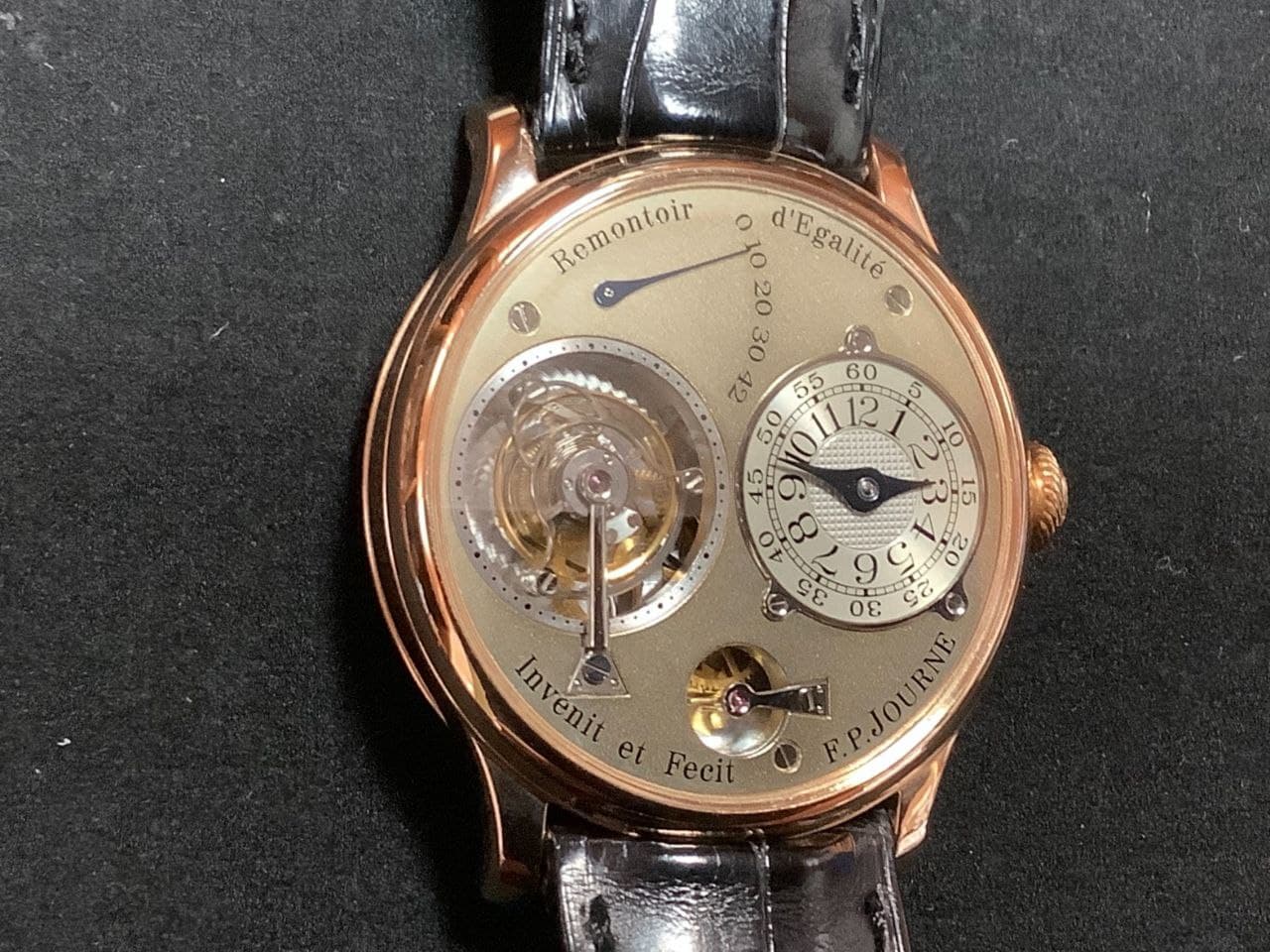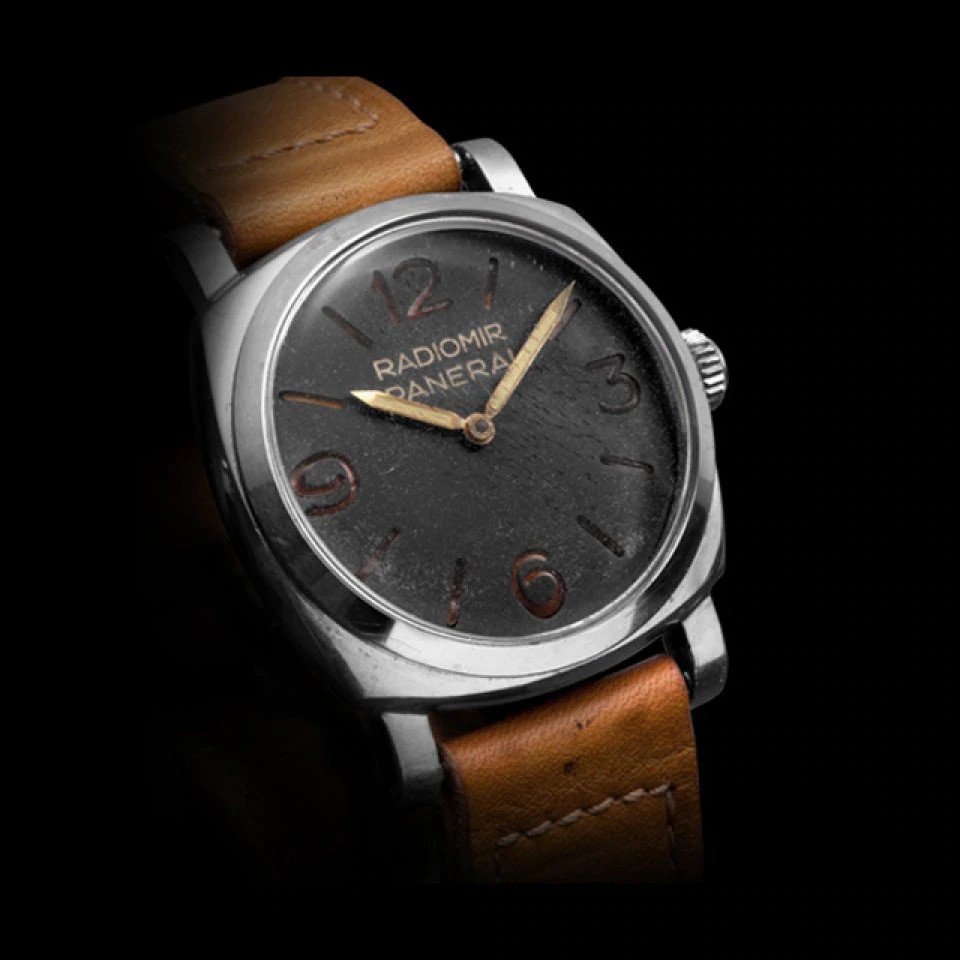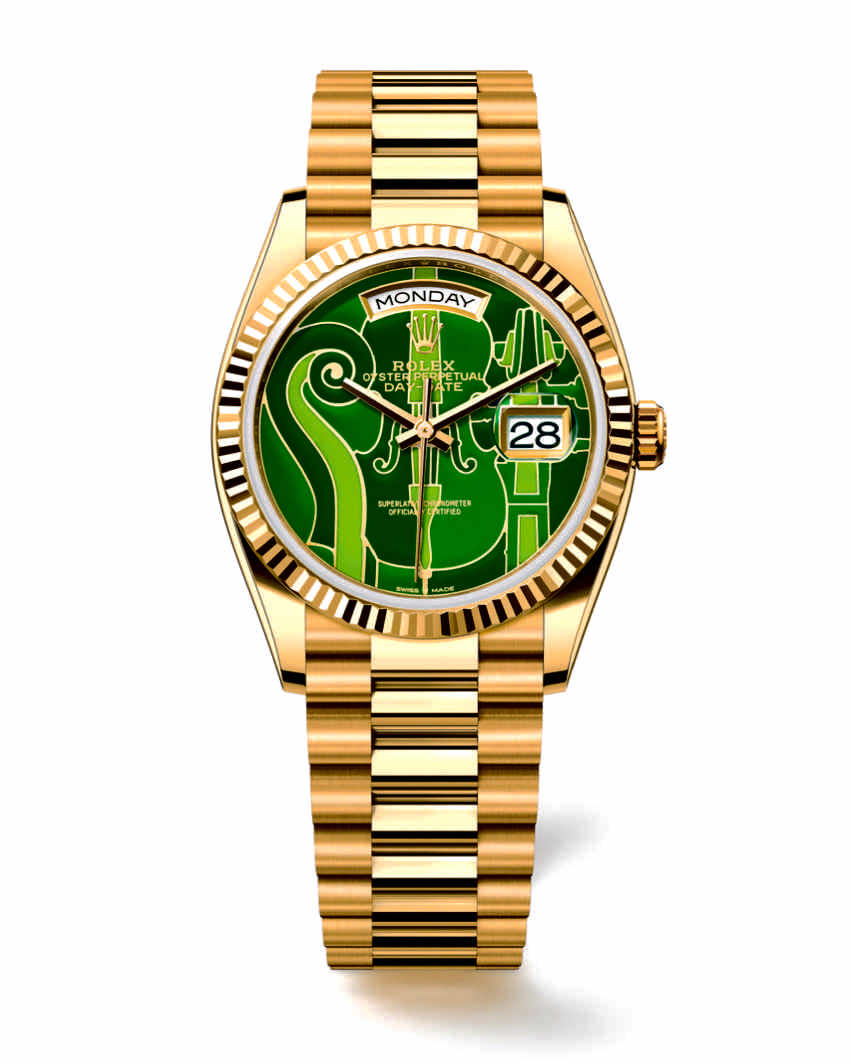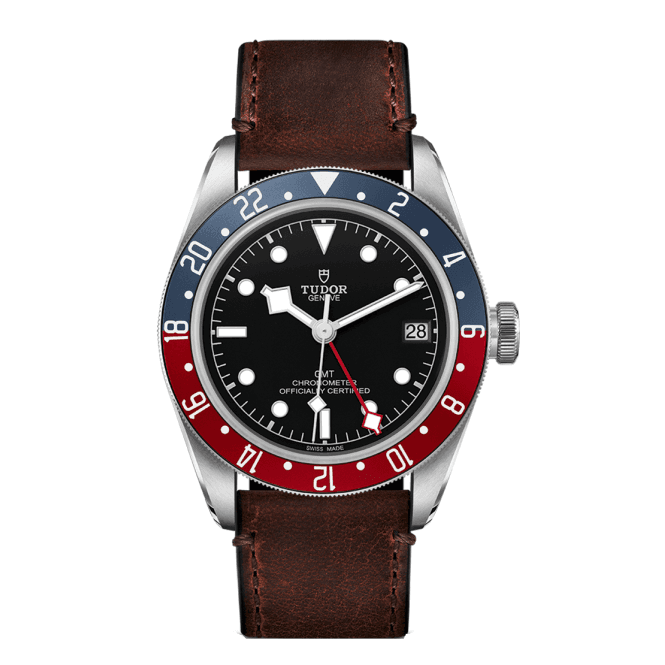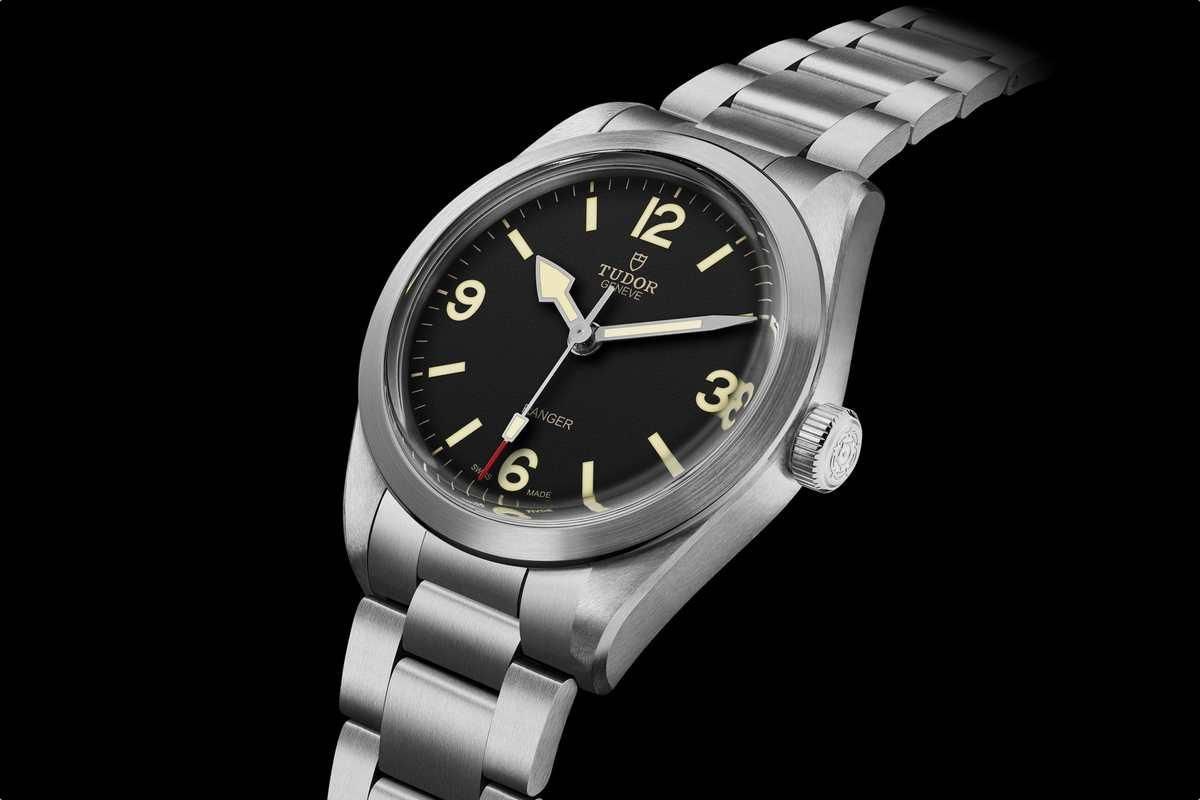Dr. N.
In part 1, I found the existence of a waterproofing problem in Vostok Amphibia and verified its causes. Now is the time to take action to resolve it.
The waterproofing of the Vostok Amphibia: the "weak" crown
Obviously I cannot be satisfied with removing the effects of the problem: it is necessary to establish the causes. Analyzing the production history of this model, I found that the threading of the winding crown, and the winding crown itself, have undergone interventions aimed at reducing production costs. The current winding crown has thinner walls than that of the Soviet era, and evidently this entails a difficulty of sealing when engaging the thread. It also seems that the same thread finishing operation is carried out with less care than in the past, but I have no precise evidence on the matter: while the difference between the Soviet-era crown and the current one is found first faction, to check the manufacturing processes it would be necessary to go to Chistopol, in Tatarstan, where Vostok has been producing its watches since the Second World War. A one-time trip out of town, you will agree ...
The solution to the problem of imperfect waterproofing is, as befits a real Russian product, rather simple and affordable for everyone. It is not even required to disassemble the watch. It's enough:
- Unscrew the crown
- Bring a small amount of Vaseline and a toothpick
- Use the tip of the toothpick to apply a thin layer of Vaseline on the thread on the crown tube (the threaded part attached to the case). Vaseline must be applied starting from the area furthest from the case, being careful not to end it inside the tube
- Screw the crown so that the grease is pushed forward, covering the entire thread
- Unscrew the crown to check the uniformity of the application, repeat if necessary
- Remove any excess fat that may have ended up on the crate
As a further precaution, I passed the bottom gasket in talcum powder, so as to renew and maintain the elasticity of the sintered rubber: this method seems to be also used by the manufacturer to keep the gaskets in stock. I then removed the excess talc with a blast of air.
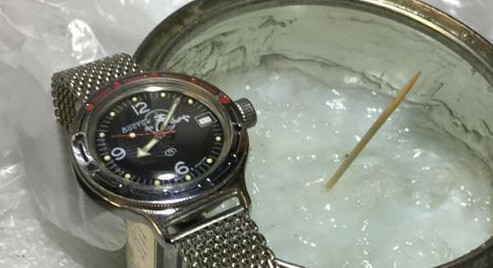
The result: does it work?
After applying the Vaseline grease, I should have tested the effectiveness of the waterproofing. The rigorous method would have been to measure the water resistance of the watch with the appropriate equipment. The powerful means of Chronosect they might have made it possible, but it wouldn't have been in keeping with the spirit of this watch. The robust Russian products are tested in the field!
Therefore, I proceeded to subject the watch - and myself: in the heat, it doesn't hurt - to daily showers. Not many people know that taking a shower with a watch is one of the activities that can put the seal of the gaskets into crisis: the jets of water have a rather high pressure. After several days, no infiltration.
Can I be satisfied? Obviously not. A diving watch should be tried in the water.
At the first opportunity, therefore, I go to the sea. To prove it with the utmost rigor, I take care to practice several dives, numerous strokes and a bit of freediving. Even diving and freestyle swimming, like and more than showering, subject the watch to impacts with water that can force the penetration of moisture into the seals.
The result largely met expectations: the watch demonstrated excellent water resistance, as no traces of infiltrations appeared. In order to verify that there has actually been no water infiltration, your correspondent has well thought of letting himself be inspired by the Russian nature of the watch, proceeding, after repeated baths and showers, to put it in the fridge. For what reason? Simple, the cold causes condensation of the water: if there had been infiltration, the glass would have tarnished internally, making it clear.
No halo appeared, therefore the waterproofing operation of the Vostok Amphibia, undertaken by applying vaseline grease to the thread of the crown, can be considered positively successful.
What can be learned from this experience?
A diving watch has three points from which water can infiltrate: the edge of the glass, the gasket of the caseback and that of the crown. All three should be checked by a professional watchmaker before taking the watch into the water. I wanted to take a risk with the Vostok Amphibia because it is a moderately priced watch, and any damage can be repaired with modest costs.
However, experience has been helpful in understanding the strengths and weaknesses of this watch, and in learning more about how a diving watch maintains its water resistance. We reiterate, however, that we do not assume any responsibility for any improper handling of your timepieces and we always recommend that you contact a qualified service center. Especially when it comes to cheaper watches than the Vostok Amphibia…


